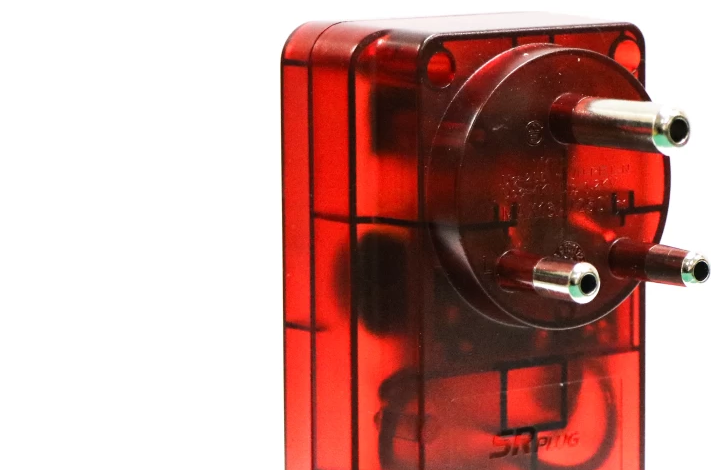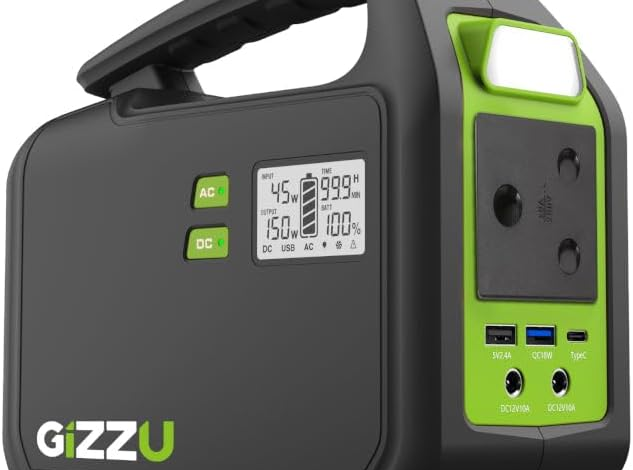Tips to Protect Your Appliances from Surges During Power Cuts

Power cuts and load shedding remain common challenges in South Africa, causing inconvenience and, more seriously, damage to valuable household appliances. Sudden interruptions and power surges when electricity is restored can “fry” electronic devices and add to costly replacement bills. This article explains why protection matters and provides practical tips to safeguard your appliances and extend their lifespan during power outages.
RELEVANT ARTICLE: Load Shedding Survival Kits: What Every Gauteng Household Should Have in 2025
Table of contents
Why Are Appliances at Risk During Power Cuts?
Electric appliances are designed to run with a steady power supply, usually around 220-230 volts at 50Hz in South Africa. When power suddenly cuts out, devices shut down abruptly, sometimes causing internal strain. More damaging is the sudden rush of electricity—called a power surge—when power is restored. These voltage spikes generate heat that can damage the circuits inside your appliances. Repeated surges cause cumulative wear and tear, leading to premature failure.

Common Appliances Vulnerable to Power Surges
- Refrigerators and freezers
- Washing machines and dryers
- Televisions and computer monitors
- Laptops, routers, and modems
- Security systems and alarm panels
Many of these contain sensitive electronics that are particularly vulnerable to unstable voltage.
Practical Tips to Protect Your Appliances
Protect your household appliances from damage during South Africa’s frequent power cuts with practical, easy-to-follow tips. Learn how to safeguard your electronics effectively.
1. Unplug Appliances During Power Cuts
The simplest and most effective protection is to disconnect your appliances from the mains during load shedding or any power outage. Unplugging ensures no electricity surge can reach your devices. If you can anticipate load shedding schedules, turn off and unplug sensitive appliances before the power goes out.
2. Use Surge Protectors

Surge protectors act as shock absorbers for your electrical devices by diverting excess voltage away from your appliances. Invest in quality surge protector strips for commonly used electronics. For stronger protection, a whole-house surge protector installed by a certified electrician can shield all connected devices at the mains.
3. Invest in an Uninterruptible Power Supply (UPS)

A UPS provides backup power during outages, allowing devices to shut down safely, preventing abrupt stops. This is especially important for computers, routers, and critical security equipment. Many UPS systems also offer built-in surge protection.
4. Avoid Backfeeding Generators
If using generators, ensure they are connected safely and legally by a registered electrician. “Backfeeding” or plugging generators directly into home sockets is dangerous and can cause damage not covered by your insurer.
5. Use Voltage Regulators

A voltage regulator stabilises the power supply, smoothing out fluctuations and protecting appliances from inconsistent voltages, common during load shedding periods.
6. Turn Off Wall Plugs and Switches
During power cuts, switch off and unplug devices or turn off their wall plug switches. When power returns, switch devices on gradually to avoid simultaneous high power draw that can cause surges.
Additional Safety Measures
- Keep rechargeable torches and solar or battery-powered lights handy for illumination during outages.
- Check your home contents insurance policy to verify coverage for appliance damage due to power surges. Some policies cover these claims and may provide reimbursement.
- Regularly maintain appliances as per manufacturer guidelines to ensure optimal performance.
What to Do After a Power Cut
Before plugging your appliances back in, wait a few minutes after power restoration to allow the electricity supply to stabilise. Plug devices back in one by one, starting with essentials such as your fridge or security system.
Why These Measures Matter
Insurance claims for power surge-related damage have reportedly doubled, costing millions in South Africa. Implementing these protective actions can save you from unexpected repair or replacement costs and extend the life of your appliances.




